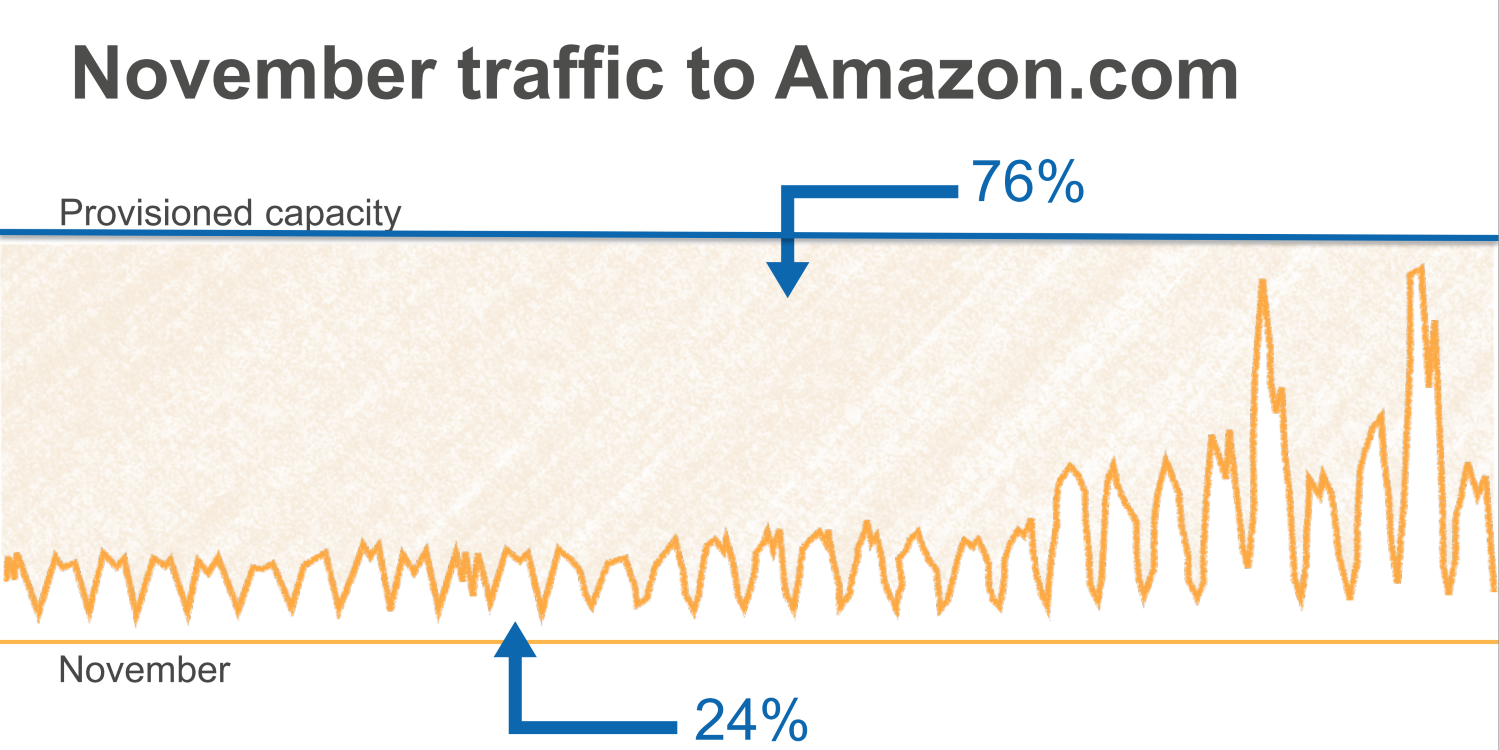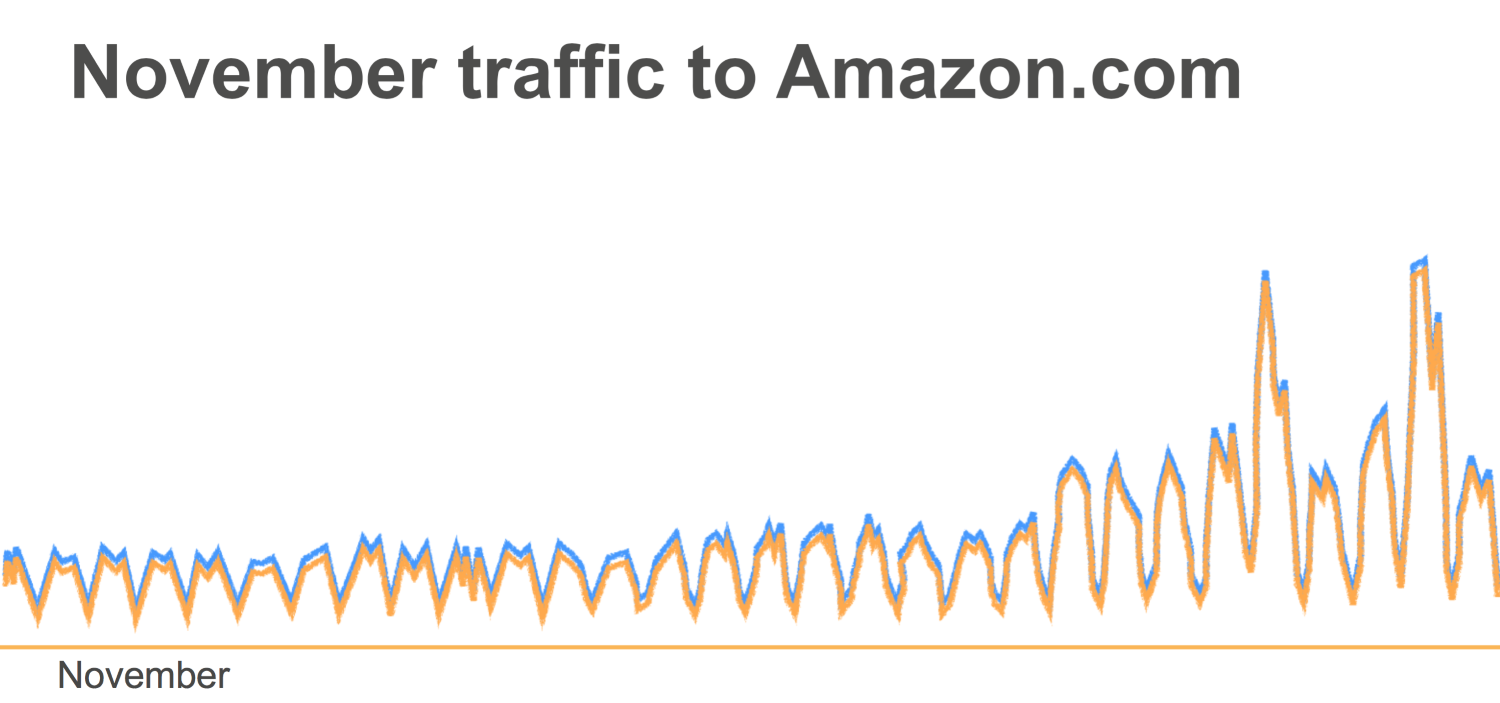The following anecdote relates the story of how I discovered that noise can damage hard drives.
In December 2011, sometime between Christmas and New Year's Eve, I received dozens of alerts from OnLive's monitoring system (that was my employer then). Apparently, we had just lost connectivity to our European data center in Luxembourg. I rushed to the network operations center (NOC) hoping that it was only a small glitch in our monitoring system, maybe just a joke after all; with so much redundancy, how could everything go offline? Unfortunately, when I got into the room, the big monitors were all red, which was not a good sign. This was just the beginning of a very long nightmare. An electrician working in our data center had mistakenly triggered the fire alarm; within seconds, the fire suppression system set off and released its aragonite on top of our server racks. Unfortunately, this kind of fire suppression system made so much noise when it released its gas that sound waves instantly killed hundreds and hundreds of hard drives, effectively shutting down our only European facility. It took months for us to get back on our feet.
Where is the cloud when you need it?!
Infor's CEO said it best at the AWS 2014 San Francisco Summit (https://aws.amazon.com/blogs/apn/friends-dont-let-friends-build-data-centers/):
– Charles Phillips







